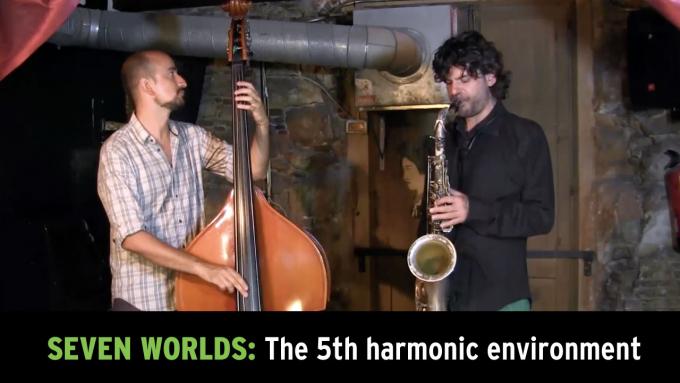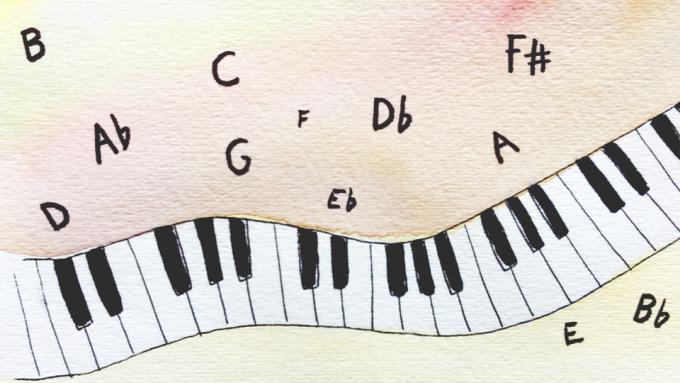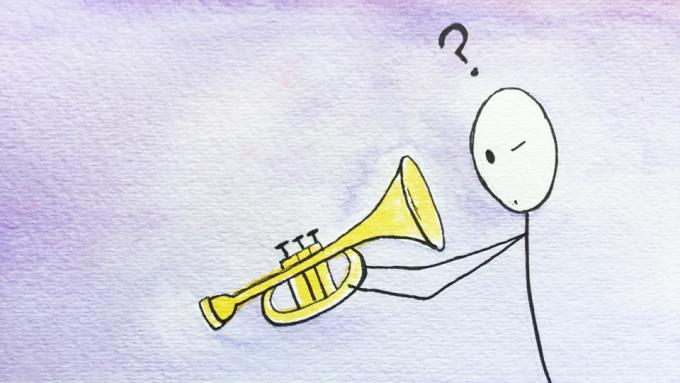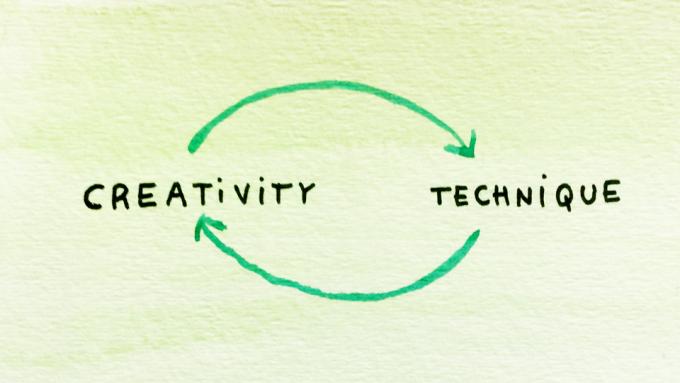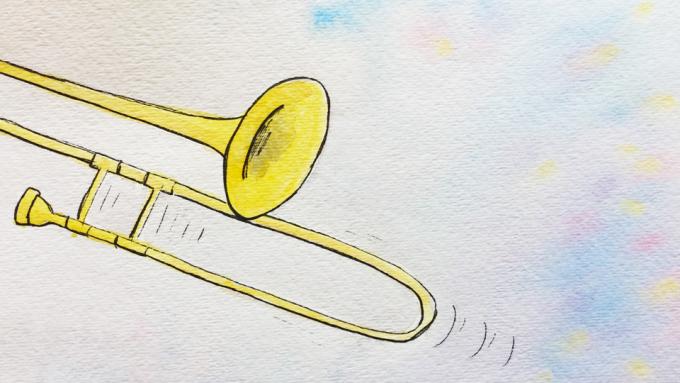Enjoy this great jam in the 5th harmonic environment recorded at the iconic jazz club Robadors 23 in Barcelona, Spain.
Is it better to start each improvisation exercise from a random note on our instrument? Or is it better to stay in one key until we've mastered it?
In Exercise 1 you describe "...looking down on this musical terrain from above..." Does this mean visualizing fingerings on your horn, notes on a staff, letters on a page or something else?
Instrument technique and improvisation are two practices that feed one another: we need technical skills to be able to express ourselves creatively, and when we improvise we put into practice and consolidate our technical skills.
I'm wondering about the trombone? The image you use of the notes being connected as one long chain doesn’t really fit with the trombone because the notes are not evenly spaced. Do you have any suggestions?
